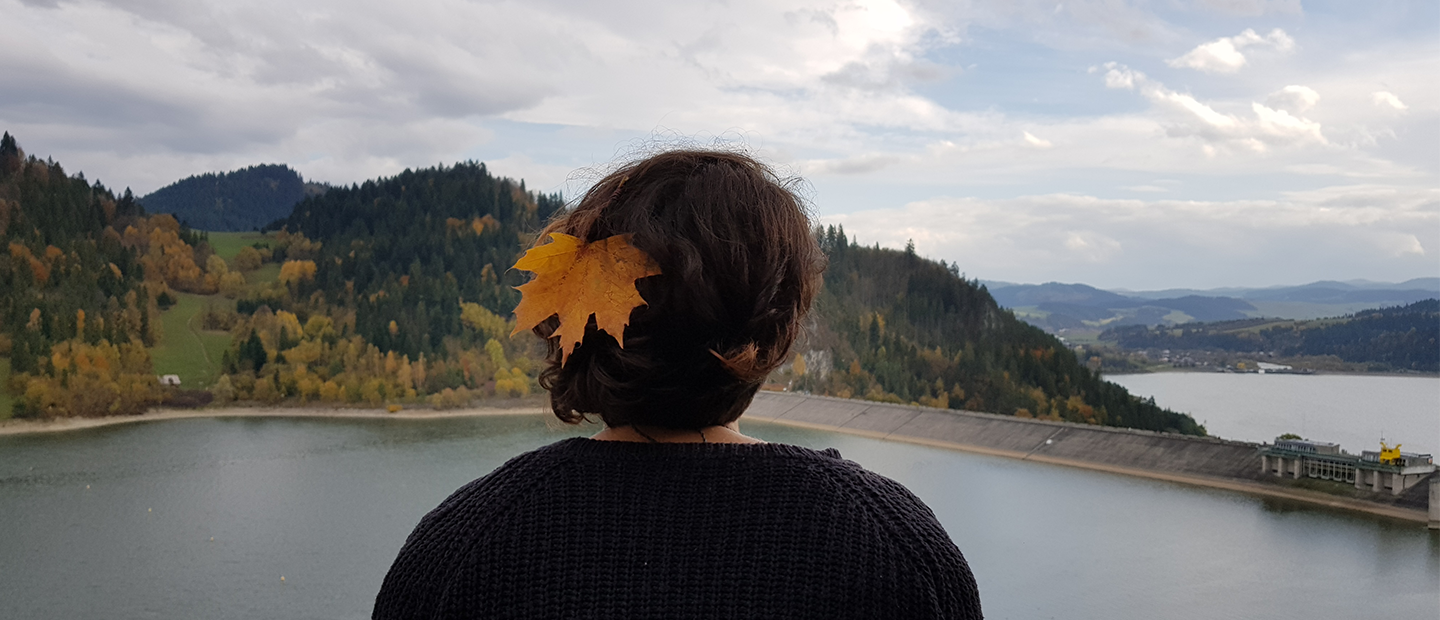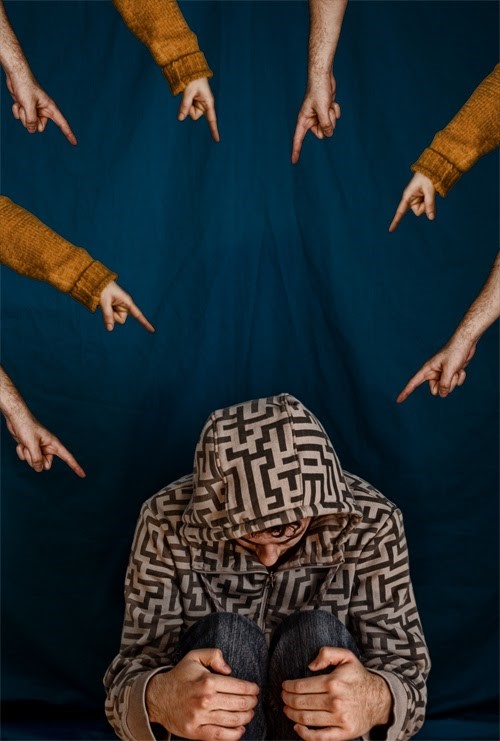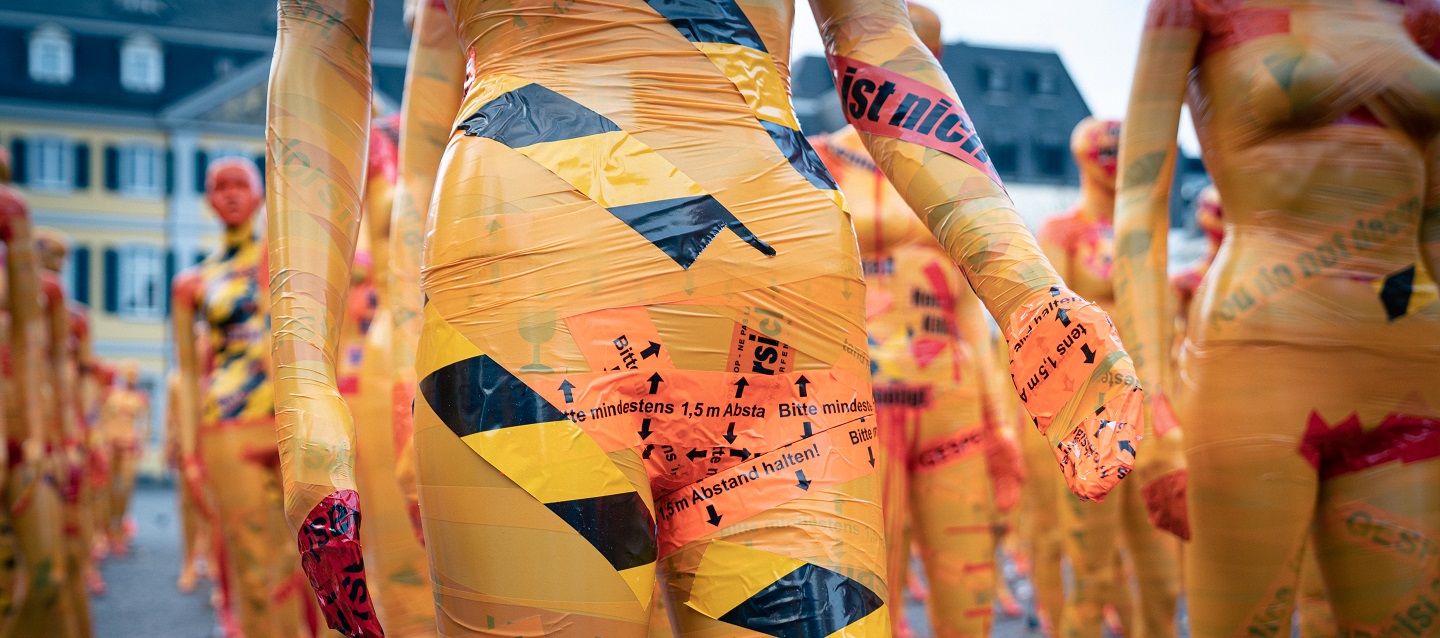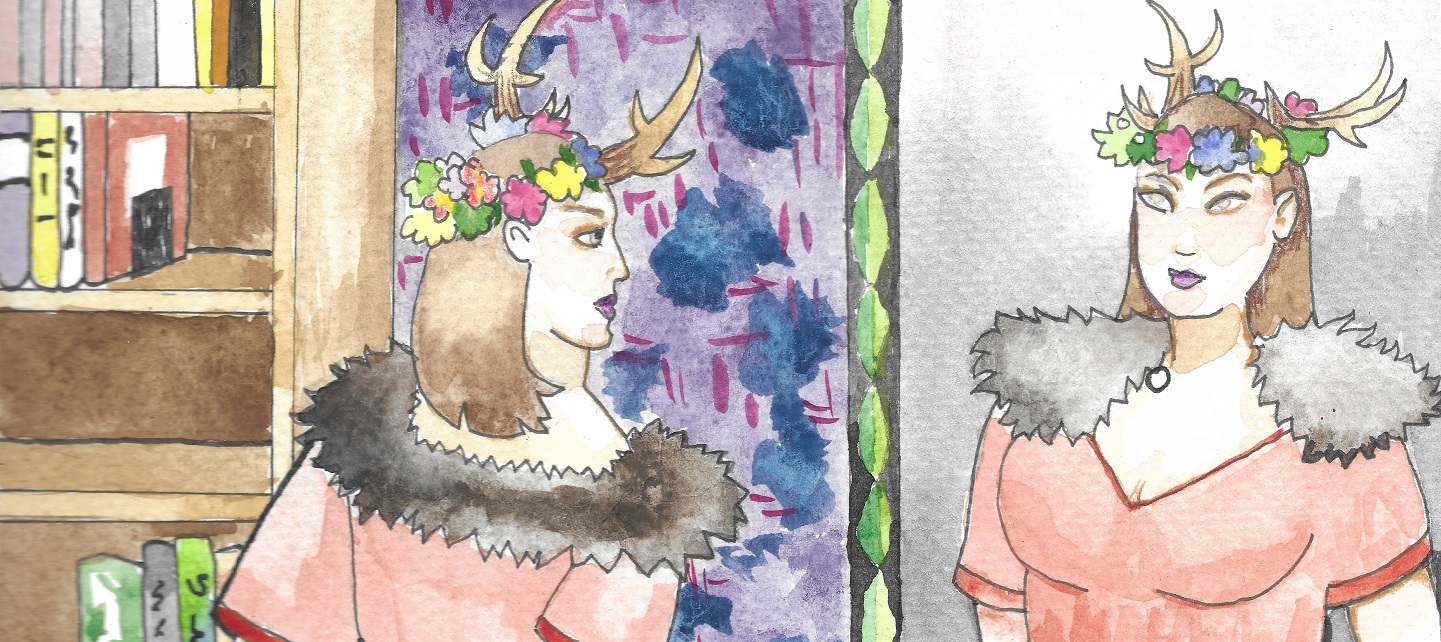Tag: Featured
-

The Psychotherapeutic Magic of Larp
in
Connecting larp as a tool for personal development with theories from psychology and techniques from drama therapy.
-

It Wasn’t Me
in
“It’s not me, it’s my character.” Definitions of alibi, the ways in which it is emancipating, and the situations when alibi is not enough.
-

Grooming in the Larp Community
in
In this opinion piece Sanne Harder explores predatory behavior in larp communities. Content Advisory: Sexual abuse, mental health issues.
-

I Stepped into the Eternal Circle, Animus: the Larp
Experiences of play and facilitation in the online larp Animus: The Eternal Circle by Chaos League.
-

Why Larp Community Matters and How We Can Improve It
There are some activities that can, and as far as possible should, be taken by individuals to help improve the larp community as a whole.
-

Accessibility in Online Larp
in
Online larps have the potential to make games accessible for a wider variety of players who may be excluded from mainstream, face-to-face larps. Here we outline some accessibility methods.
-

An Invitation
This is your invitation to magic. To visit magic. To return to magic, again and again.
-

Sex, Romance and Attraction: Applying the Split Attraction Model to Larps
in
The Split Attraction Model can be used to expand language in describing larps, in setting expectations, and in player negotiations, in order to reduce struggles and misunderstandings.

